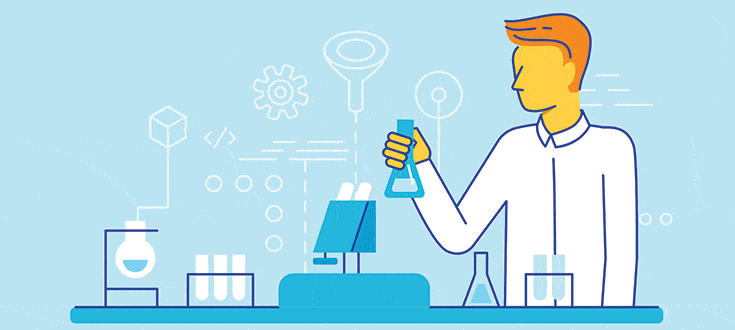To squeeze the most value and customer discoveries from your marketing technology, you need to think in a radically different way and overcome the hurdles that impede marketing experimentation
The best relationships have a give and take. Likewise, the best tech stack for your business should be a two-way street. Companies get value from being able to microtarget, personalize and automate with martech, but like going to lunch with a friend and telling them a good story, you don’t get up and walk away when you’re done talking. You sit and listen to what your friend has to say.
That’s why technology solutions and services that facilitate customer discovery—social media marketing, web analytics and optimization—are this year’s top investments for high-revenue companies, according to a Target Marketing magazine survey of 350 organizations.
Behavior data is one level of customer discovery, but an even more effective practice is influencing what customers will do and seeing how the changes you make affect real customer decisions. This practice can lead companies to better serve their customers. As Lynn Hunsaker wrote on Customer Think, “Thankfully, many companies have been migrating away from product-centric, month-/quarter-end-centric and competitor-centric marketing toward putting the individual or most profitable customer at the center of marketing design and delivery.”
Accurately measuring the effects of your changes on customer behavior requires rigorous experimentation, but experimentation doesn’t necessarily come natural to most marketers. We’re creatives and businesspeople, not scientists.
To squeeze the most value and customer discoveries from your marketing technology, you need to think in a radically different way and overcome the three biggest hurdles that brands struggle with in marketing experimentation.
1. Getting out of a Rut
Marketers often fall into a checklist mentality with their testing. Testing technology is quite simple at its core: It splits traffic to a brand and measures visitor behavior. Even advanced multivariate technology that tests multiple combinations can limit experimentation to changing many similar variables (for example, button colors, headlines or images). If you don’t test the right things, experimenting won’t change much. If you test what you already know, you will not discover anything new. What matters most is what you decide to test.
Marketing experimentation is the perfect time to “have no respect for the status quo,” as Apple’s “Think Different” ad said—to see things differently.

